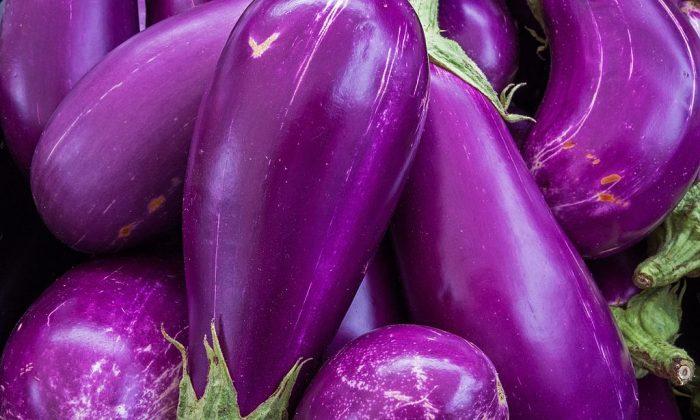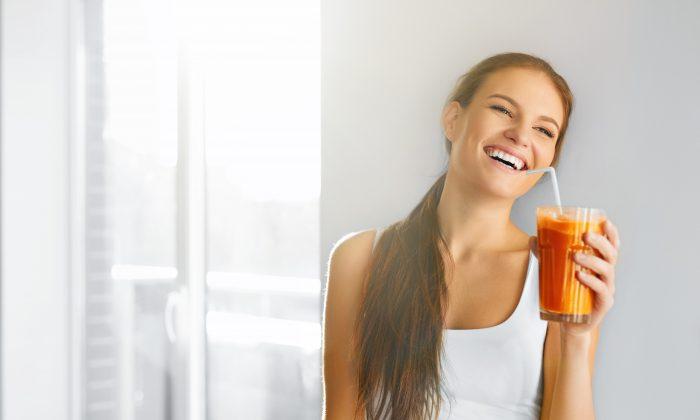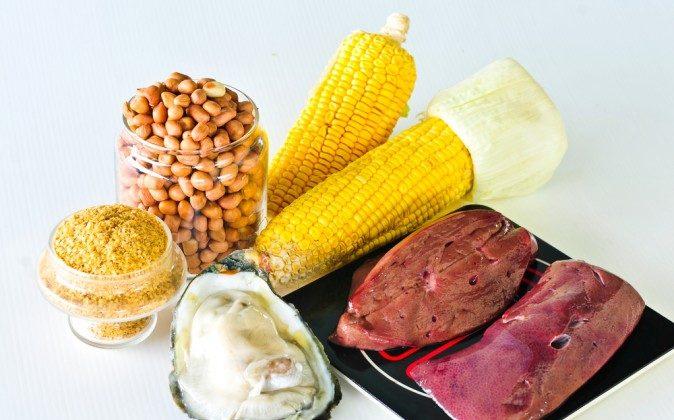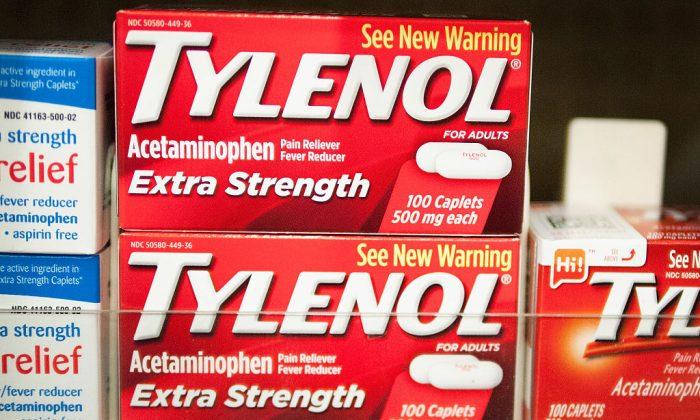By David Gutierrez, contributing writer to Natural News
A groundbreaking 2007 study published in The Lancet found that six different artificial colors and the preservative sodium benzoate decreased attention and promoted hyperactivity in both children diagnosed with attention-deficit hyperactivity disorder (ADHD) and those without the condition.
Of these products, three are colorings already illegal in the United States: quinoline yellow (E104), carmoisine (E122) and ponceau 4R (E124). In addition to hyperactivity, all three have been linked to other health problems, from allergies to cancer.
Three of the colorings implicated are still legal in the United States: sunset yellow (E110 or Yellow No. 6), tartrazine (E102 or Yellow No. 5) and allura red (E129 or Red No. 40). All three are produced from either coal tar or petroleum and have also been linked to allergies, stomach upsets, skin swelling and cancer.
Sodium benzoate, the preservative implicated in the study, is also still legal in the United States. Although the European Union has shied away from taking action against sodium benzoate, it now requires warning labels on products containing any of the six colors. The FDA has yet to follow suit.
*Image of “children painting“ via Shutterstock





